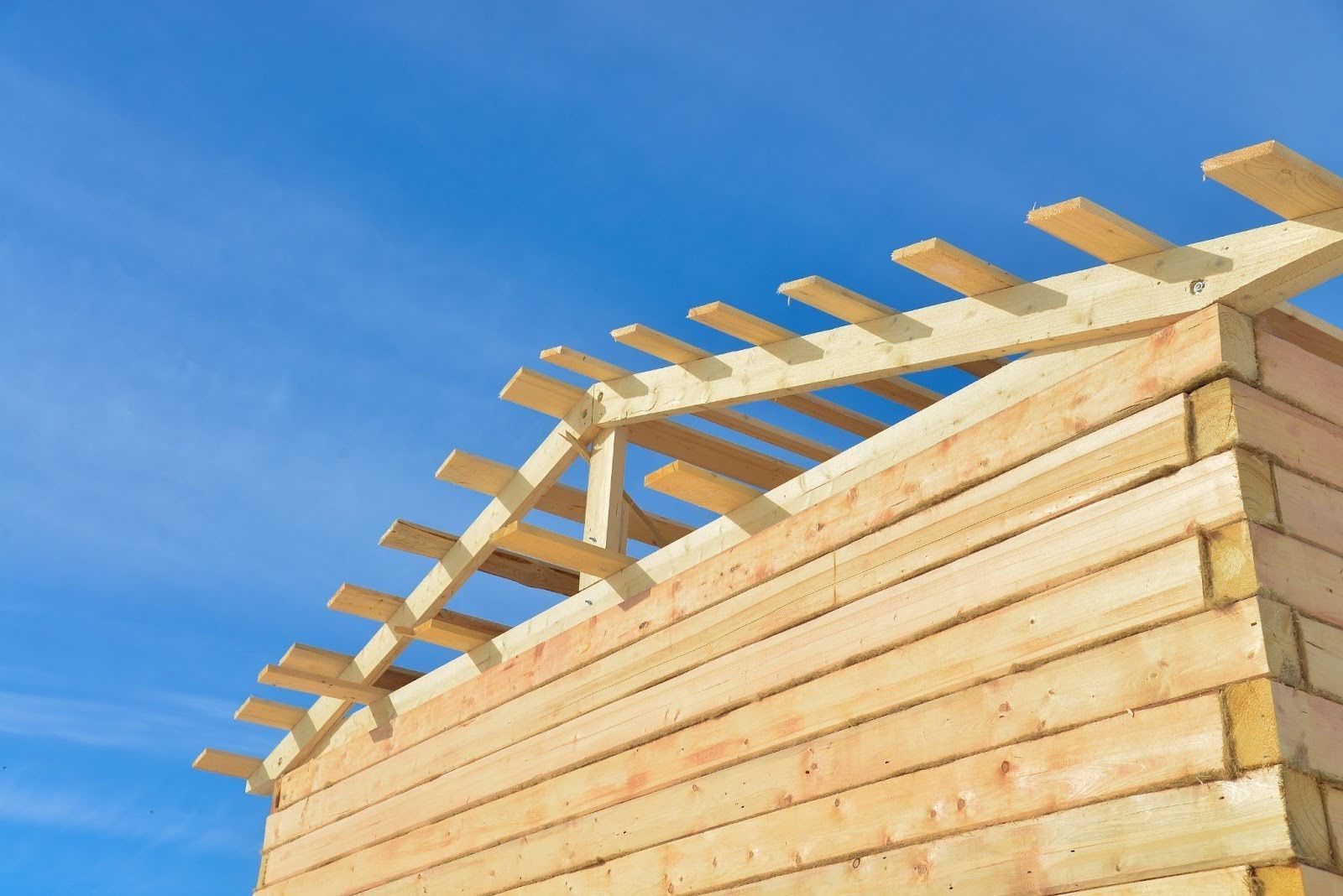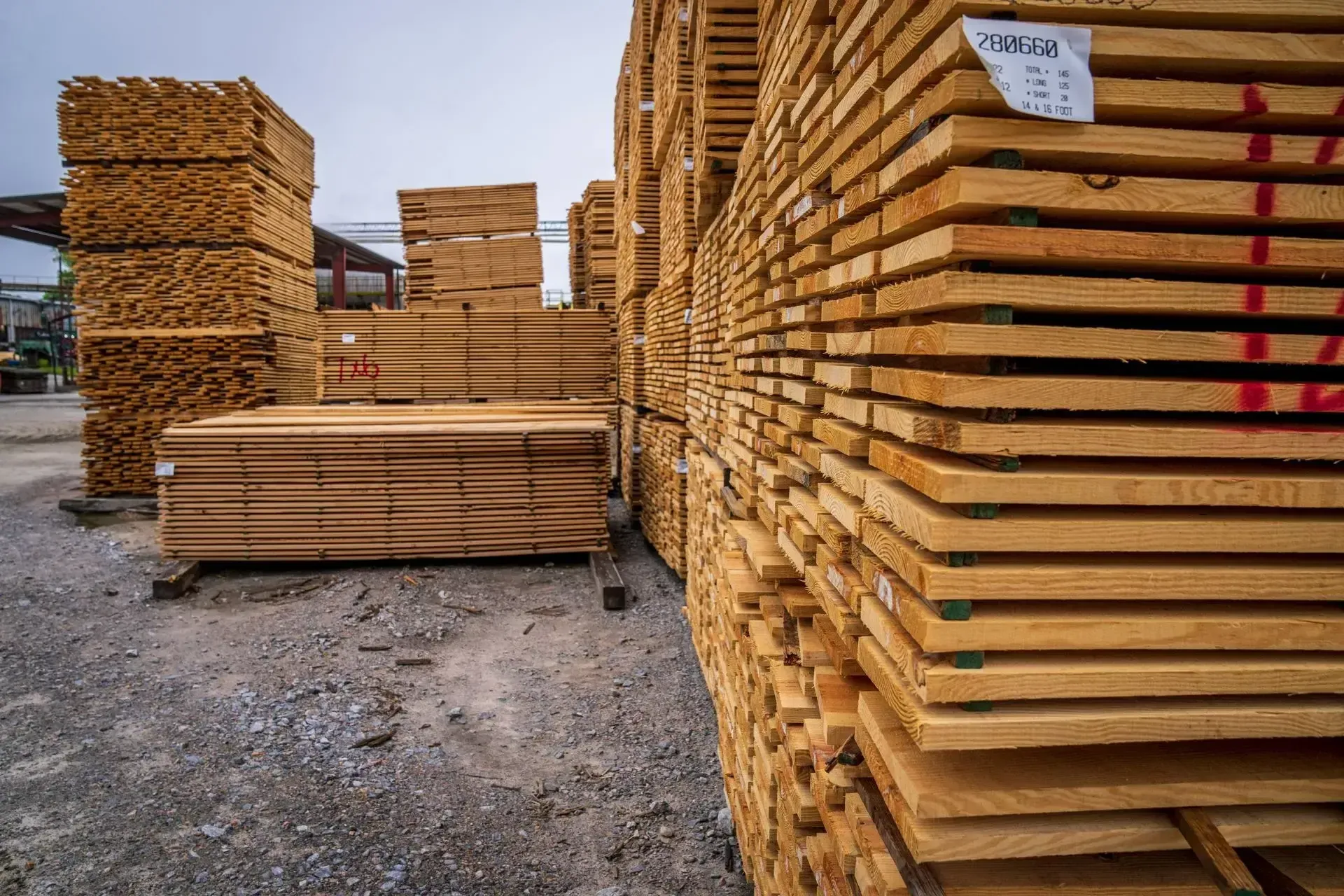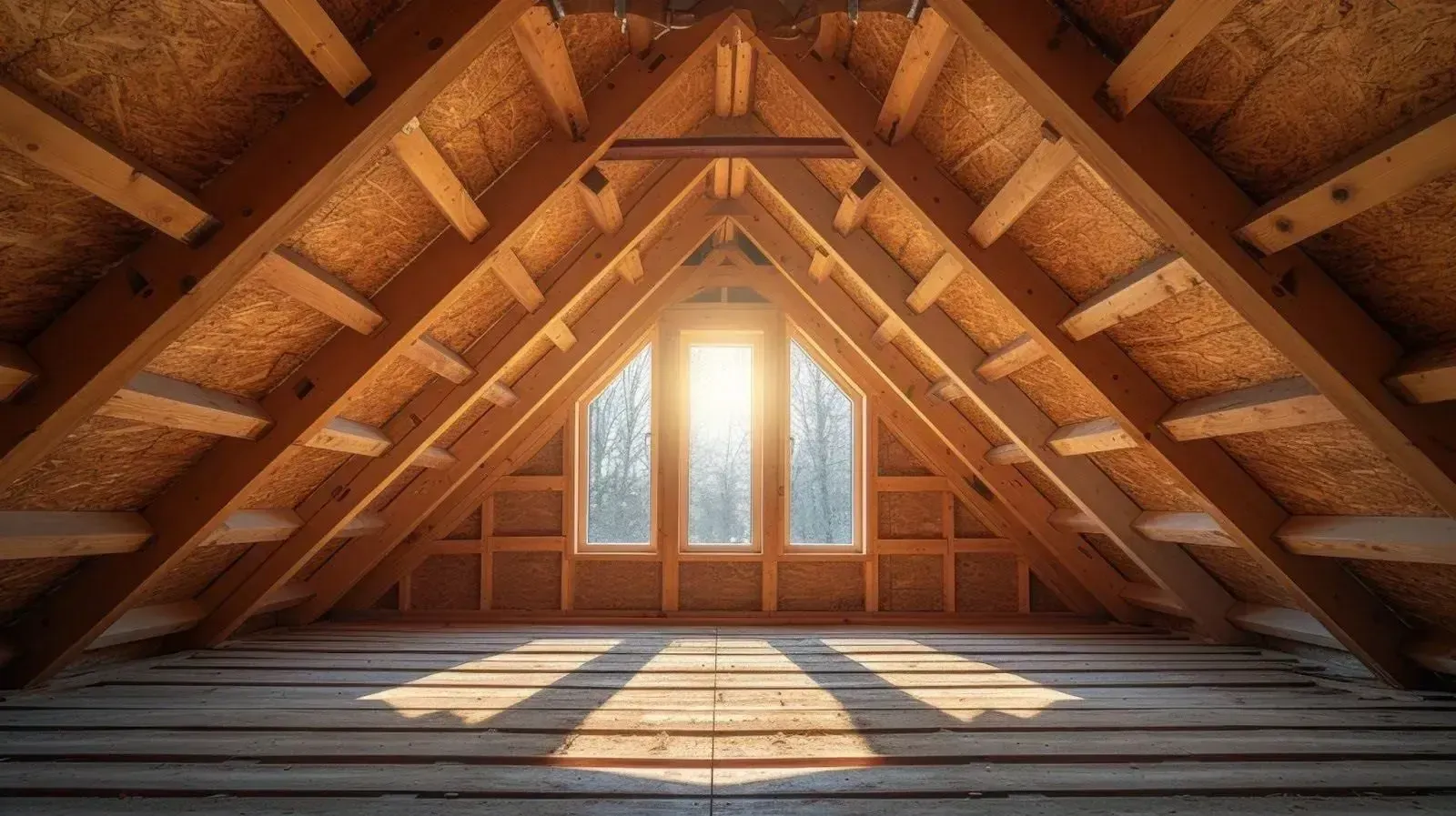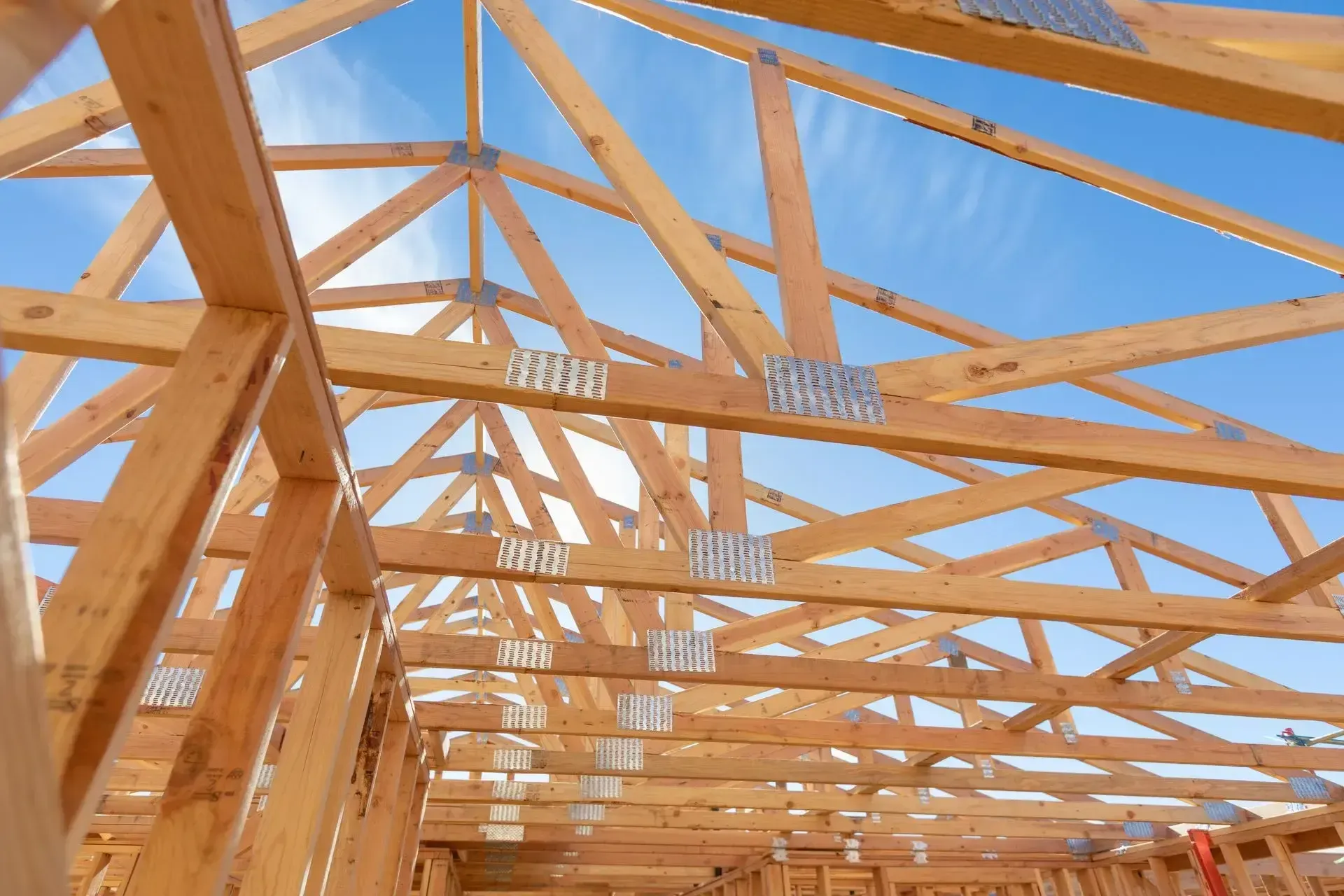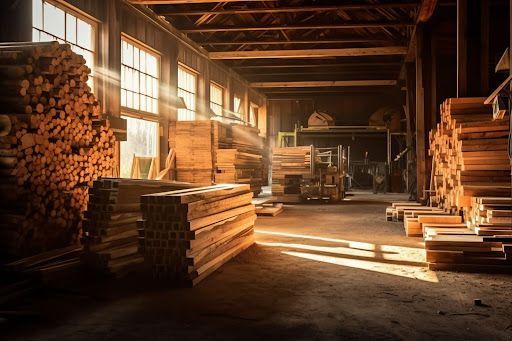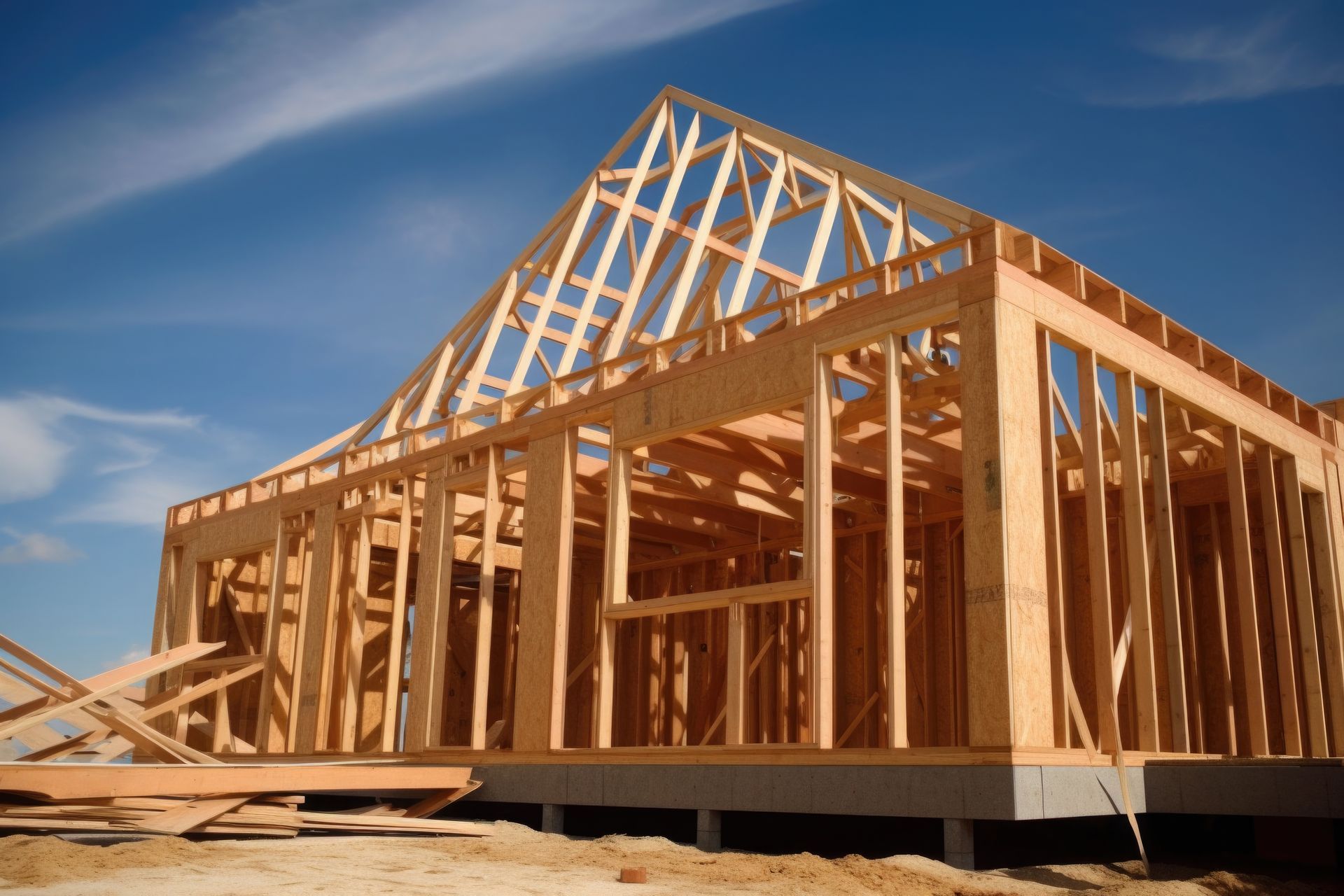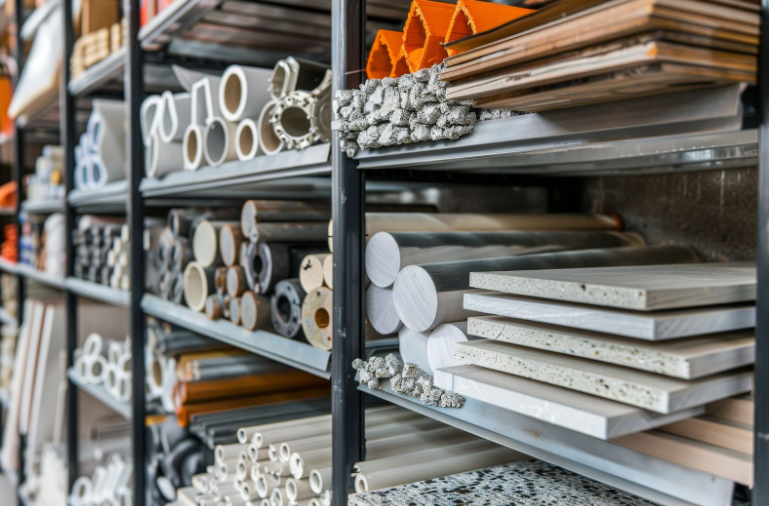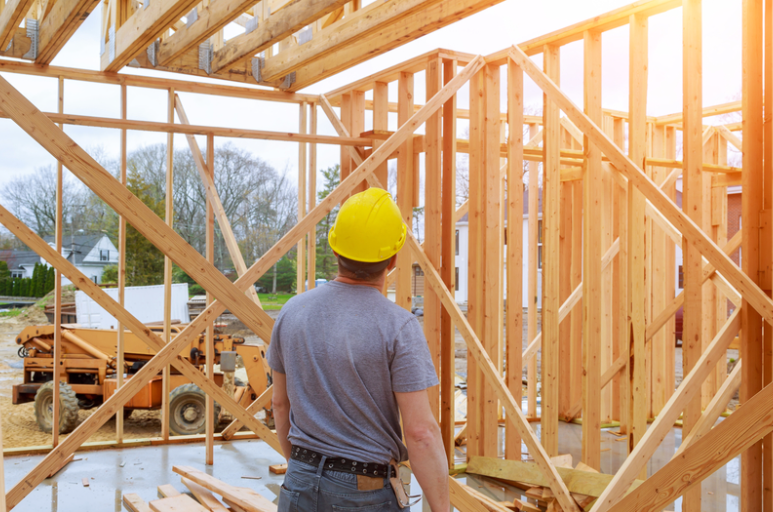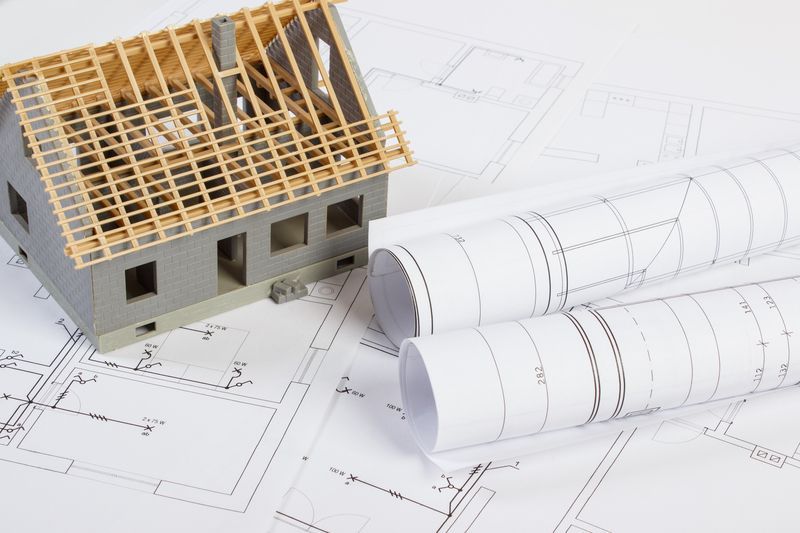Enhancing Durability: Evolving Wood Treatment Methods
Wood, a fundamental building material, has been used for centuries in the construction of everything from simple dwellings to complex trusses of modern architecture. However, wood is naturally susceptible to decay, pests, and environmental wear. Over time, wood treatment techniques have evolved, significantly enhancing the durability and longevity of this versatile material. This guide shows modern wood treatment methods, focusing on how these processes improve the performance and lifespan of lumber used in trusses, offering valuable insights for contractors aiming to construct more enduring structures.
Historical Perspective on Wood Treatment
The practice of treating wood to extend its lifespan goes back millennia, with records of wood treatments used by ancient civilizations to bolster the durability of their wooden structures against rot and insect damage. Initially, these methods were rudimentary, involving smearing oils or tar over the wood surface to create a protective barrier. As understanding of wood chemistry improved, so did the sophistication of treatment techniques.
Modern Wood Treatment Technologies
Today’s wood treatment methods are the product of centuries of scientific advancement, offering higher precision and greater effectiveness in protecting wood against a myriad of threats. These treatments not only penetrate deeper into the wood but also ensure that the protective agents are more evenly distributed throughout the lumber, thereby increasing its overall resilience.
Types of Wood Treatments
Several types of wood treatments are currently available, each tailored to specific needs and applications:
- Pressure-Treated Wood: This method involves placing wood in a depressurized holding tank where a preservative is introduced. When the tank’s pressure is increased, the preservative is forced deep into the wood fibers, providing robust protection against decay and insects.
- Thermal Modification: Wood is heated to high temperatures in the absence of oxygen, altering its chemical structure. This process increases the wood's resistance to moisture and reduces its susceptibility to decay and warping.
- Acetylation: This chemical process changes the free hydroxyl groups in wood into acetyl groups, making the wood more dimensionally stable and less prone to swelling and shrinkage.
- Coating Systems: Modern coatings not only enhance the aesthetic appeal of wood but also provide a physical barrier that protects against UV rays, moisture, and biological agents.
Application Processes
The application of these wood treatments varies depending on the type of treatment and the intended use of the wood. Pressure treatment is typically used for lumber that will be exposed to the elements or in contact with the ground. This process is crucial for woods used in outdoor structures, such as trusses, decks, and utility poles. Thermal modification and acetylation are more often used for wood that will be visible and part of the aesthetic appeal of structures, such as in architectural trusses and exposed beams.
Benefits of Treated Wood in Construction
Using treated wood in construction, especially for critical structural elements like trusses, offers several key benefits:
- Enhanced Durability: Treated wood resists decay, pests, and environmental wear much better than untreated wood, thereby extending the lifespan of the structures.
- Cost-Effectiveness: Although the initial cost may be higher than untreated wood, the longer service life and reduced maintenance needs make treated wood more economical in the long run.
- Environmental Resistance: Treated wood stands up better to various climatic conditions, including extreme moisture, dryness, and temperature fluctuations, making it ideal for use in diverse environments.
- Safety and Stability: Structures made from treated wood are less likely to fail due to wood-related issues, enhancing the safety and stability of buildings.
Considerations and Best Practices
When selecting treated wood for construction projects, it is important to consider the specific environmental challenges and structural requirements of the project. Additionally, handling and working with treated wood requires specific safety measures to avoid exposure to chemicals used in the treatment processes. Contractors should follow best practices for installation and maintenance to maximize the effectiveness of the treated wood.
By understanding the different types of wood treatments and their applications, contractors can make informed decisions about the best materials for their construction projects. The evolution of wood treatment techniques has provided the construction industry with options that enhance the durability, safety, and longevity of wood as a building material. As these technologies continue to advance, the capabilities of treated wood to withstand environmental challenges and meet the demands of modern construction will only improve, ensuring that wood remains a cornerstone of construction for generations to come.
Embrace the durability and resilience provided by modern wood treatments to ensure your projects not only last but also thrive in various environmental conditions. Dive deeper into the world of wood preservation by implementing these strategies and building smarter, safer, and more sustainable structures. Contact us today for more information on how to apply these techniques to your construction projects.
